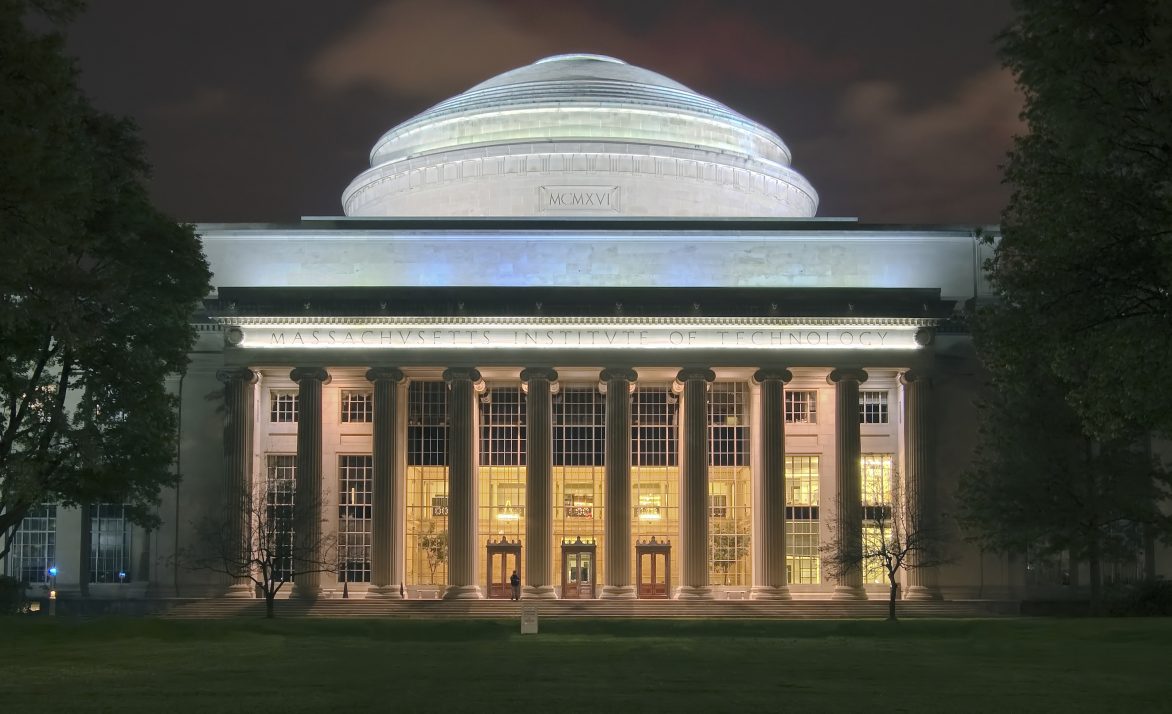Embedded within MIT’s experimental culture, our community of international arts professionals explores art’s transformative impact in the immediate world, thus complementing and updating our longstanding legacy of technological research.
The Art, Culture, and Technology (ACT) program at MIT is an academic program and center of critical art practice, intelligence and discourse within the School of Architecture and Planning. ACT is headed by distinguished artist-professors and supported by a dynamic cast of practitioner graduate students and staff, visiting artist-lecturers, affiliates, and guests.
Through an integrated approach to pedagogy, hosting, public event programming, exhibitions, and publications, ACT builds a community of artist-thinkers around the exploration of art’s complex conjunctions with culture and technology. It is not an art school in the traditional sense. The program’s mission is to promote leadership in critical artistic practice and deployment, developing art as a vital means of experimenting with new registers of knowledge and new modes of valuation and expression; and to continually question what an artistic research and learning environment can be and do.
Born out of a 2009 merger between MIT’s influential Center for Advanced Visual Studies (CAVS, founded in 1967 by Gyorgy Kepes) and Visual Arts Program (VAP, founded in 1989), ACT shares a rich heritage of work that expands the notion of visual studies and pushes the capacity of art to enlist science and technology in cultural production, critique, and dissemination at the civic scale.
ACT offers a rigorous and highly selective two-year graduate program, the Science Masters in Art Culture and Technology (SMACT), as well as an undergraduate minor and concentration. It also offers a variety of introductory courses to the general MIT student population and courses tailored to undergraduates majoring in architecture. Advanced courses related to specific media and topics are offered as electives for both undergraduate and graduate students. ACT studio courses are complemented by practical workshops and discussions in theory and criticism, often provided by fellows and visitors to the program. Studios also regularly involve research field trips, which, in addition to their research/pedagogical value, help ACT promote new circuits of artistic and scholarly collaboration.

